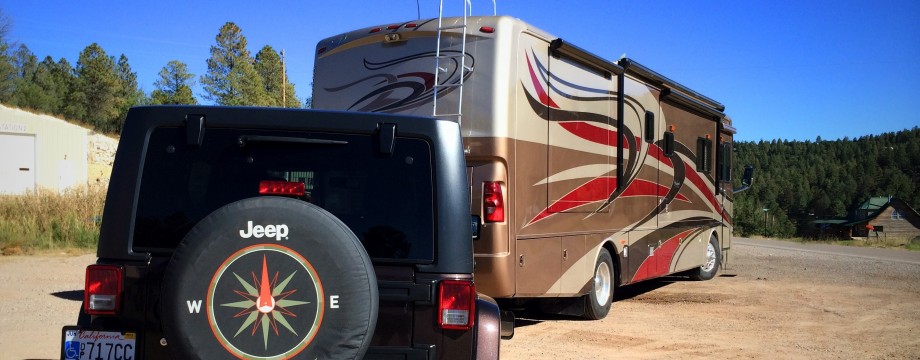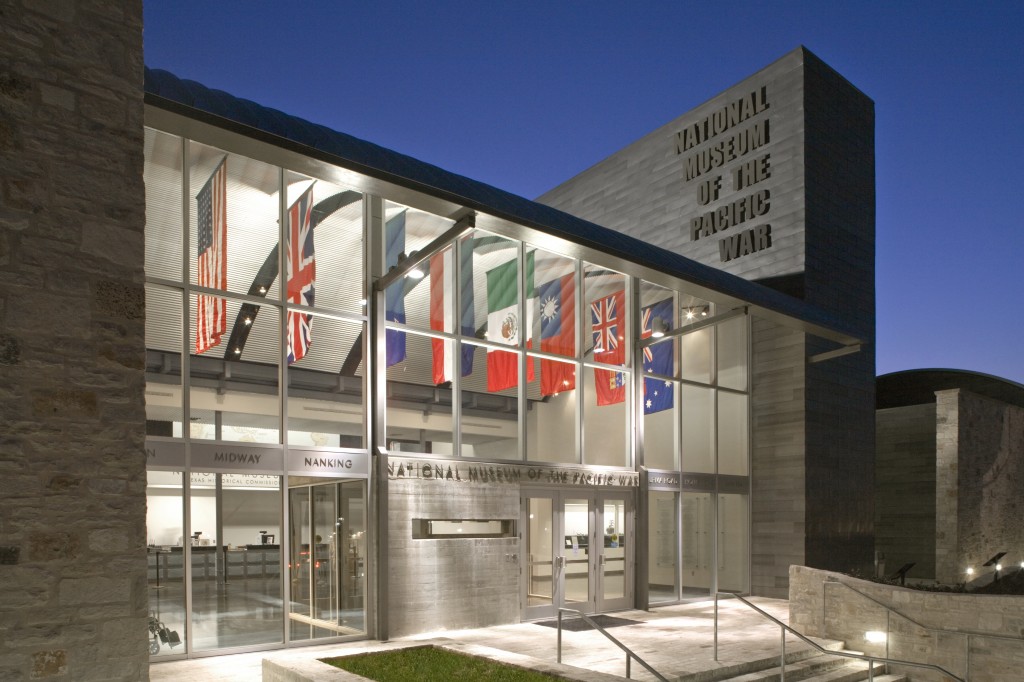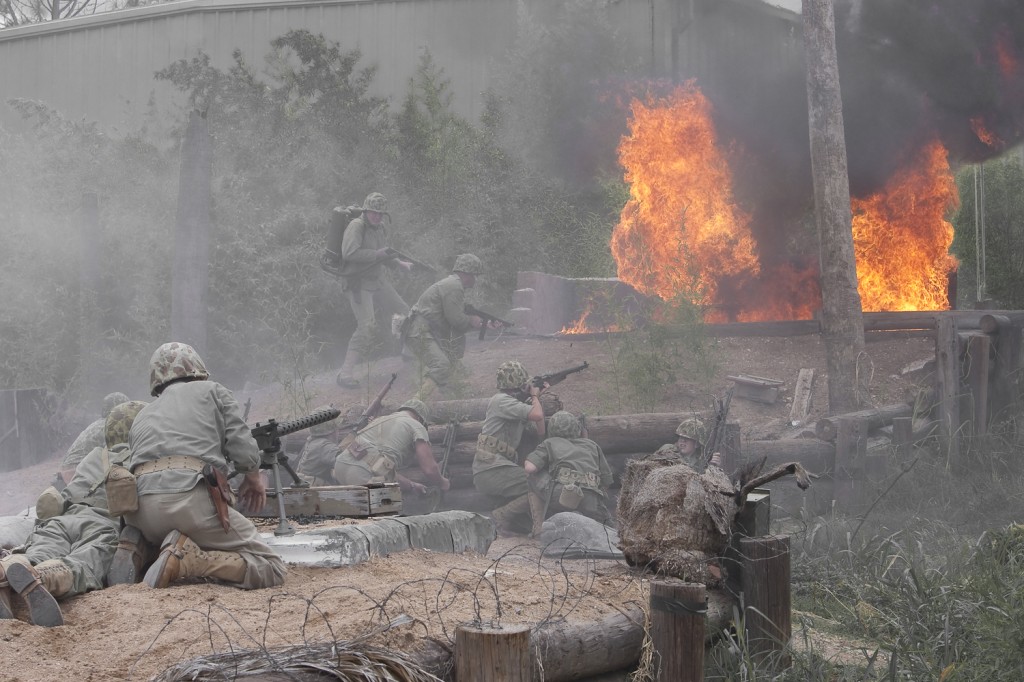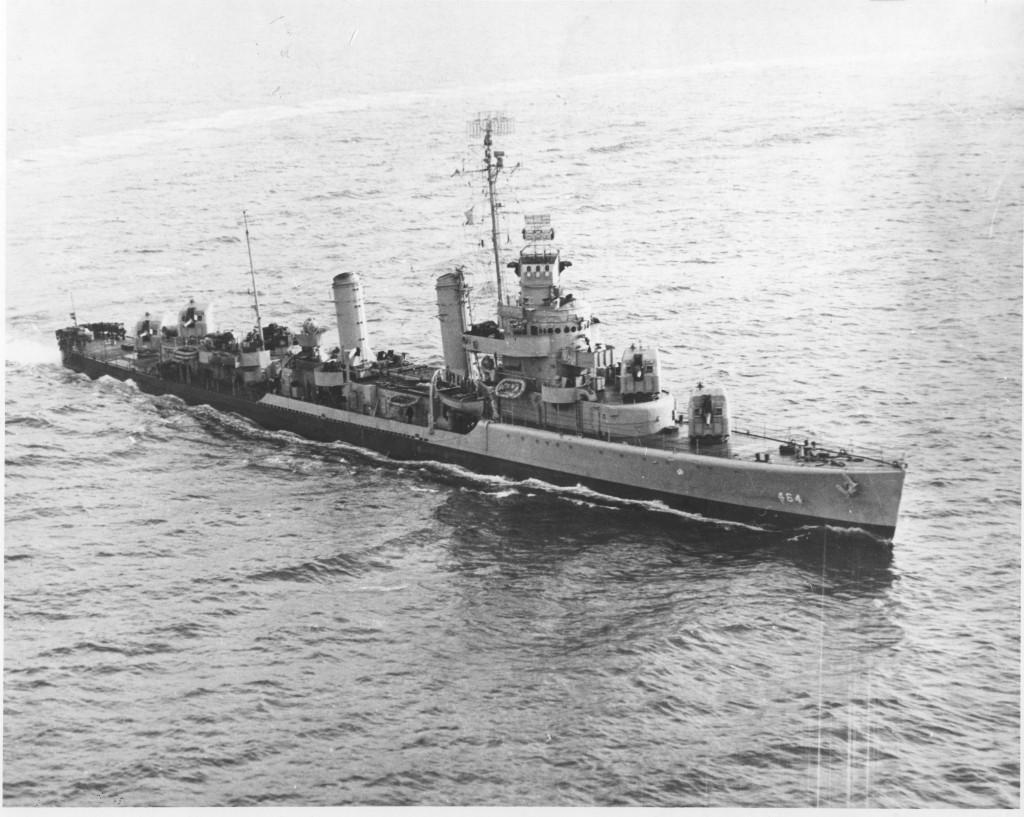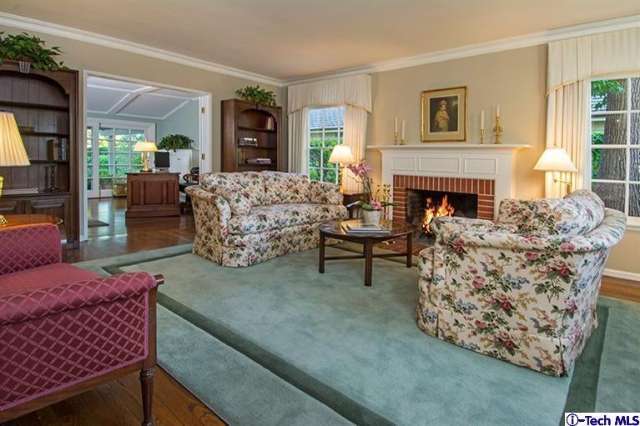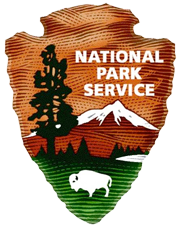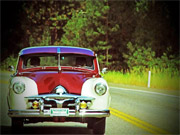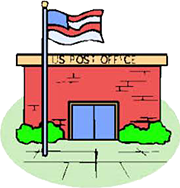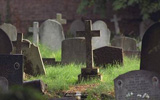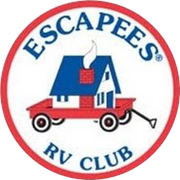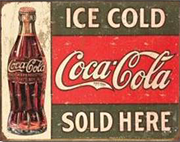NOVEMBER 8, 2014
 FREDERICKSBURG, TEXAS. This was our second day-trip to Fredericksburg, located just 25 miles east of our winter home in Kerrville. Today we returned to visit the National Museum of the Pacific War. It is a prominent nationally significant institution, despite its location in the little rural Texas town of Fredericksburg. The museum is the only institution in the United States dedicated exclusively to telling the story of the Pacific and Asiatic Theaters in World War II. Its stated mission is to honor the eight million Americans who served in the war against Japan and the more than 100,000 who gave their lives. The belief is that the best way to honor them is to truthfully and respectfully tell the story of their struggles, sacrifices and triumphs so future generations may learn the price of freedom.
FREDERICKSBURG, TEXAS. This was our second day-trip to Fredericksburg, located just 25 miles east of our winter home in Kerrville. Today we returned to visit the National Museum of the Pacific War. It is a prominent nationally significant institution, despite its location in the little rural Texas town of Fredericksburg. The museum is the only institution in the United States dedicated exclusively to telling the story of the Pacific and Asiatic Theaters in World War II. Its stated mission is to honor the eight million Americans who served in the war against Japan and the more than 100,000 who gave their lives. The belief is that the best way to honor them is to truthfully and respectfully tell the story of their struggles, sacrifices and triumphs so future generations may learn the price of freedom.
WAR IN THE PACIFIC. Since its founding in 1968, the Museum has expanded to occupy a six-acre campus and gained a reputation as one of the premier military museums in the nation. Over the years the Museum was upgraded and enlarged, and the campus grew to accommodate the Memorial Courtyard, the Plaza of Presidents and the Japanese Garden of Peace. The George H. W. Bush Gallery opened in 2009. The Gallery’s state-of-the-art 33,000 square foot exhibition features 40 media installations, approximately 900 artifacts in 97 climate-controlled cases, 15 macro-artifacts, and hundreds of photographs. An author writing for the “Wall Street Journal” states “…this is perhaps the most comprehensive, well-organized and comprehensive military museum I’ve ever seen.” He’s right. You could spend days here…learning history and thoroughly enjoying yourself at the same time. I plan to do just that over the next few months.
COMBAT RE-ENACTMENT. Two blocks east of the main campus is the Pacific Combat Zone, an area set aside for guided tours of macro-artifacts and regularly scheduled combat re-enactments. The mock battle we saw today was truly one of the high points so far in our Great American Adventure…a really educational and emotionally charged patriotic experience. History came to life right in front of our eyes as we watched the US Marines defeat the heavily fortified Japanese position at the Tarawa Atoll in the Gilbert Islands in 1943. The battle included uniformed actors, guns, tanks, explosives and a flamethrower. It ended, appropriately, with the American flag replacing the Japanese Rising Sun flag which at the beginning of the battle flew over the main Japanese bunker. One of the American military actors was a retired WW II Marine Corps Lt. Colonel, who posed with Florence after the presentation. She wasn’t wild about my suggestion that I take their picture, but I’m glad she finally cooperated. Memories are made, right?
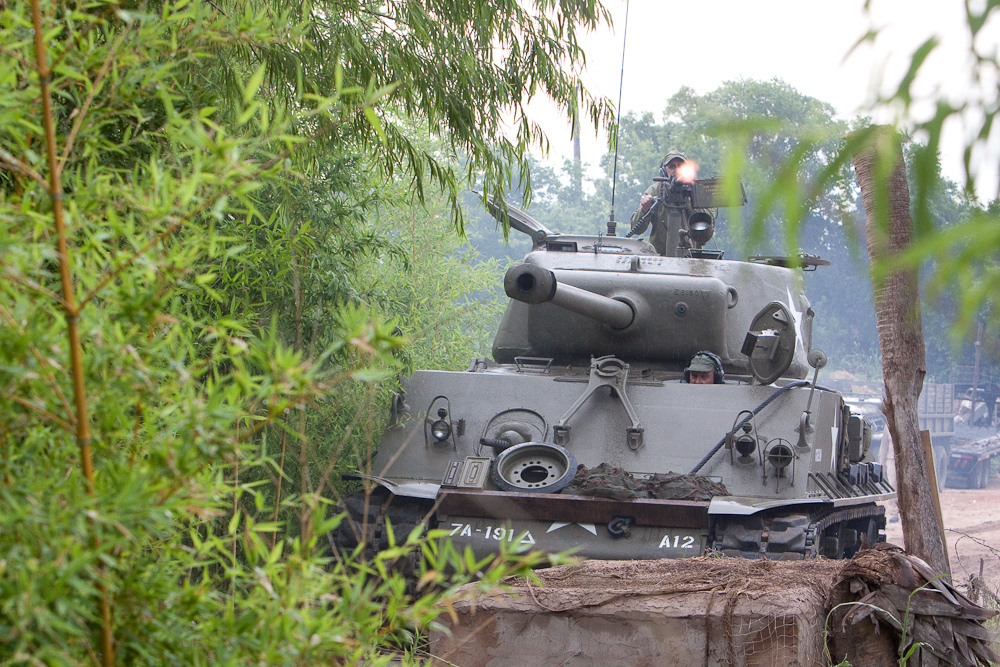
The re-enactment was incredibly realistic. The props were true American tanks, landing craft, Jeeps and weapons.
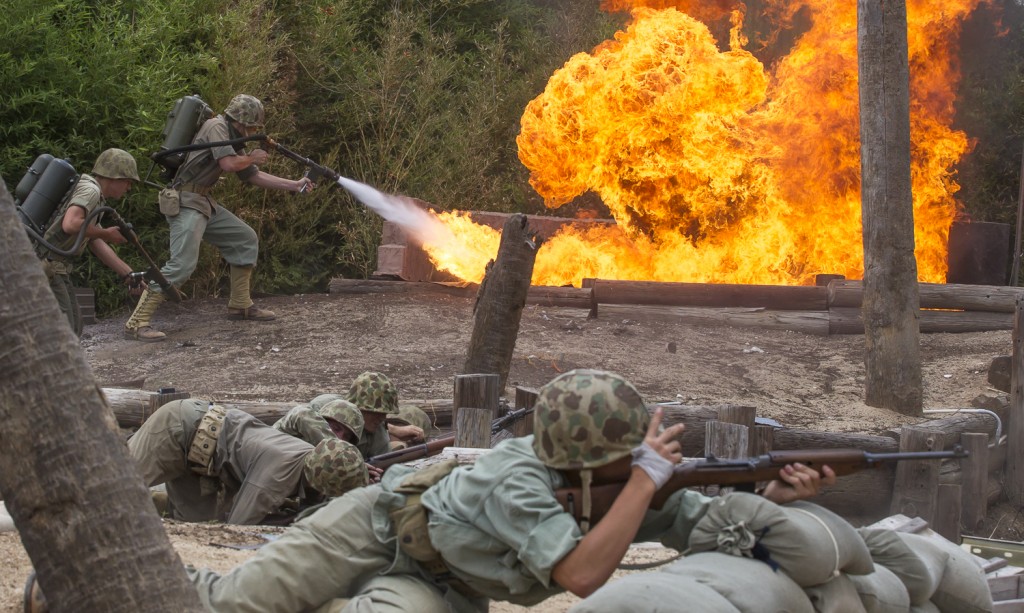
I suppose for those who actually participated in this kind of close combat, the presentation we witnessed would be pretty artificial. But for those of us lucky enough to have been in attendance today, we now have at least had a glimpse of this part of American history.
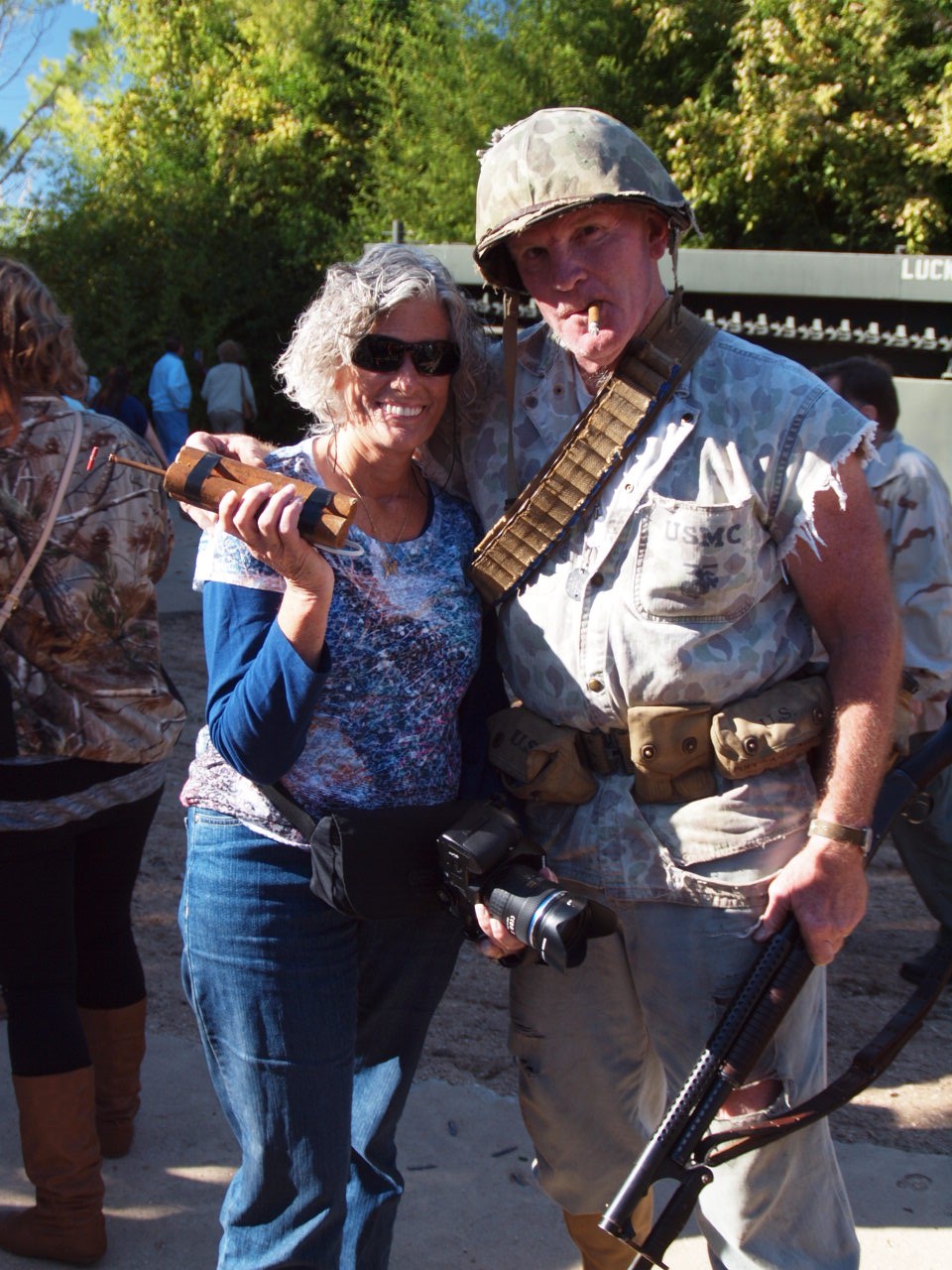
Lt. Col. James John, USMC, Retired. One of the actors in the re-enactment of the Battle of Tarawa. Florence insisted on posing with him. Or…did I beg her for the photo-op? Hmmm.
ENJOY THIS 90 SECOND VIDEO CLIP ABOUT FREDERICKSBURG, THE MUSEUM AND THE LIVING RE-ENACTMENT OF THE BATTLE AT TARAWA.
ABOUT MY DAD’S WARTIME SERVICE AT SEA
I’M PROUD OF MY DAD. Watching this re-enactment made me proud to be an American. It reinforced my appreciation for the sacrifices made by our  servicemen during combat. It made me proud of my Dad, too. He fought during the Second World War, serving as a Communications Officer aboard the Destroyer USS Hobson (DMS-26). I remember as a child listening to his accounts of serving on a Navy ship during the War. I was fascinated, especially when he told me about the kamazake attacks on his ship. When television sets first became available (Yep, I’m that old!) we were fortunate enough to own one. Dad and I would watch a grainy old Navy documentary series called “Victory at Sea” on our new Packard Bell set. I’d imagine that he was aboard the ships I saw on the screen. After the War, Dad served in the Naval Reserve for years, until reaching the rank of Commander. I was so proud of him. Still am. It’s interesting, isn’t it? I can remember clearly those evenings with my Dad in front of the television set. And that was a very, very long time ago. But if you ask me what I had for lunch yesterday I’d be hard-pressed to remember!
servicemen during combat. It made me proud of my Dad, too. He fought during the Second World War, serving as a Communications Officer aboard the Destroyer USS Hobson (DMS-26). I remember as a child listening to his accounts of serving on a Navy ship during the War. I was fascinated, especially when he told me about the kamazake attacks on his ship. When television sets first became available (Yep, I’m that old!) we were fortunate enough to own one. Dad and I would watch a grainy old Navy documentary series called “Victory at Sea” on our new Packard Bell set. I’d imagine that he was aboard the ships I saw on the screen. After the War, Dad served in the Naval Reserve for years, until reaching the rank of Commander. I was so proud of him. Still am. It’s interesting, isn’t it? I can remember clearly those evenings with my Dad in front of the television set. And that was a very, very long time ago. But if you ask me what I had for lunch yesterday I’d be hard-pressed to remember!
USS HOBSON (DD-464). Here’s a bit about my Dad’s service aboard ship. The U.S.S. Hobson (DD-464) , a Gleaves-class destroyer was built at the Charleston Navy Yard and commissioned shortly after the outbreak of WWII. During the war she saw action in North Africa, the western Atlantic, and at D-Day. Late in 1944 she was converted to a destroyer-minesweeper and reclassified DMS-26. After this conversion she saw heavy action near Okinawa, where she suffered significant casualties and damage from enemy suicide attacks. Repairs were completed after WWII and the Hobson took up duty as a destroyer-minesweeper with the Atlantic Fleet.
KAMIKAZE ATTACKS. HERE’S HOW IT LOOKED. Kamikaze attacks were suicide attacks by military aviators from the Empire of Japan against Allied naval vessels in the closing stages of the Pacific campaign of World War II, designed to destroy warships more effectively than was possible with conventional attacks. Even after sustaining a hit, however, a Navy ship wasn’t necessarily obliterated. The Hobson survived more than one kamikaze attack.
FINALLY THE WAR ENDED. And Ted Alford married Virginia Holden. They built a home in San Marino, California. And had a family. And that includes me. And here I am at a War Museum in Texas honoring our veterans and in particular my own father. Thanks for your service. Rest in peace, Dad. Edwin D. “Ted” Alford. (1915 – 1988). And you too, Mom. (1916 – 2005). Funny, but the older I get the more I honor and respect you and Dad. The more I realize what an example you set. Education is apropos: Dad did his undergraduate work at Stanford and UCLA. He earned a Master’s Degree in Business at Harvard, became a Certified Public Accountant and when he retired was Chief Accountant at Hughes Aircraft Company. Mom graduated from UCLA and then went on to get her Master’s in Social Work at the prestigious Ivy League Smith College in Northampton, Massachusetts. I could go on. Perhaps I will. I’ll put an entry in my Reflections page. There’s so much to record. That’s a good place to do it. Finally. I wish I’d been more expressive during their lifetimes about my love, respect and appreciation.


